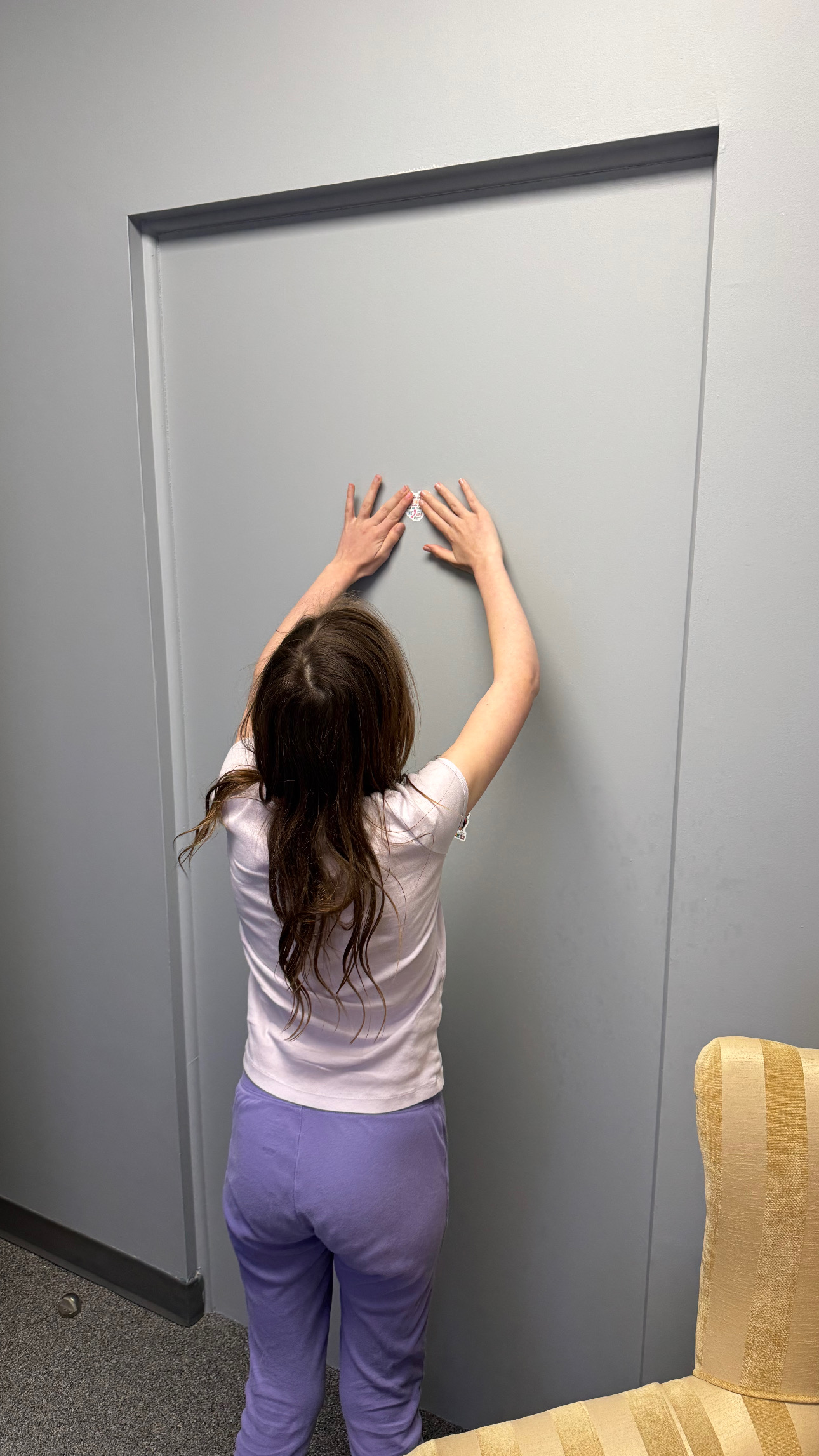Book Now
Menu
TL;DR: The DBT skill STOP helps you take a mindful pause before reacting when emotions run high. By learning to stop, step back, observe, and proceed mindfully, you can respond with clarity instead of regret.
Have you ever said or done something in the heat of the moment that you later wished you hadn’t? The DBT skill STOP can help you pause before reacting. Whether you’re feeling angry, anxious, or overwhelmed, this simple four-step strategy from Dialectical Behaviour Therapy teaches you how to slow down and respond instead of react.
STOP is a core skill in Dialectical Behaviour Therapy (DBT), designed to help regulate emotions and reduce impulsive reactions. It stands for:
Jamie, age 10, loves playing soccer. During recess, a friend accidentally bumps into him and takes the ball. Jamie feels anger rise in his chest and wants to yell—but then remembers the STOP skill.
Jamie feels proud because he didn’t let his feelings take over.
When emotions spike, the brain’s “fight-or-flight” system takes over. The STOP skill gives your thinking brain—the prefrontal cortex—time to catch up. That small pause allows your body to calm and your mind to choose a response that matches your values, not just your impulses.
Practising STOP takes time and repetition. Try these tips:
If you find it hard to pause in the moment, that’s okay. Skills like this are learned through patience, not perfection.
Our therapists use evidence-based tools like DBT to support emotional regulation and distress tolerance. We can help you:
We offer in-person care in London, Ontario, and virtual psychotherapy across the province.
Book a consult with a trauma-informed therapist to start learning DBT skills that help you respond with calm and clarity.
Disclaimer:
This article is for general information only and isn’t medical or crisis advice. If you’re struggling, consider speaking with a qualified professional. In an emergency, contact local emergency services.



